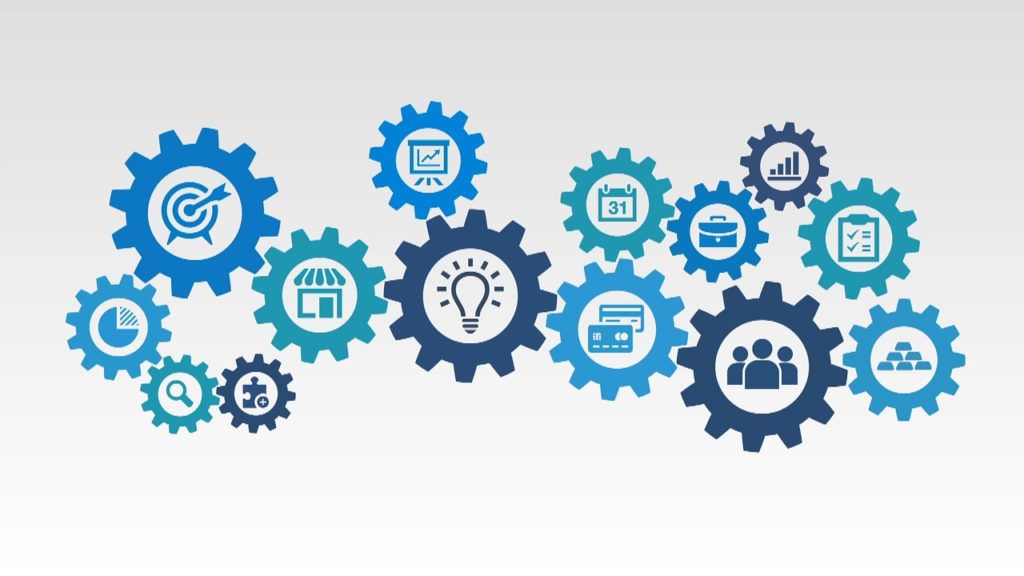Cet article est adapté et reproduit avec la permission de l’équipe du bulletin de veille stratégique Vecteurs – Économie et innovation du ministère de l’Économie et de l’innovation du Québec. La version originale est disponible sur le site de Vecteurs.
Les lieux de travail sont bouleversés par la transition vers de nouveaux modèles d’affaires numériques, l’automatisation, l’intelligence artificielle et l’analyse avancée des données, ce à quoi il faut ajouter le défi de gérer des crises à court terme comme la COVID-19.
Il s’agit de quelques-unes des grandes tendances qui incitent les organisations à accorder une priorité sans précédent à l’apprentissage et au développement de leur main‑d’œuvre. Le monde de l’éducation ne fait pas exception à cette mouvance.
MITSloan révèle que, dans ce contexte effervescent, les quelques organisations ayant mis en place des programmes de formation et de développement avant la pandémie fournissent aujourd’hui des exemples de bonnes pratiques intéressantes pour celles qui veulent maintenant leur emboîter le pas.
Plus précisément, il y aurait sept principes que les entreprises peuvent mettre en œuvre pour améliorer leurs efforts en matière de formation et de développement professionnel de leur personnel.
- Définir un objectif central qui devra guider les décisions organisationnelles concernant les compétences et le développement des employés.
- Établir un référentiel de compétences. Dresser un portrait des compétences et des capacités actuelles du personnel d’une organisation afin de déceler plus rapidement les lacunes et prendre des mesures pour combler les déficits.
- Aligner les efforts de formation et de développement sur les priorités stratégiques de l’organisation (ex. le projet éducatif de l’école). Les organisations plus avancées se tournent vers l’avenir et évaluent leurs objectifs stratégiques, les compétences nécessaires pour les atteindre et les répercussions qu’elles auront sur leur personnel à l’avenir.
- S’assurer que l’équipe responsable des programmes d’apprentissage et de développement est compétente et bien outillée. MITSloan constate que de nouveaux besoins, comme l’apprentissage numérique, la facilitation virtuelle et la conservation de contenu en ligne, exigent de nouvelles compétences de la part des formateurs. De plus, on s’attend à ce que les professionnels de l’apprentissage et du développement aient une meilleure connaissance de la vision d’avenir de l’organisation.
- Adapter l’apprentissage selon l’évolution des conditions. Privilégier l’apprentissage qui se déroule de façon naturelle tout au long d’une ou de plusieurs jours. C’est ce qu’on appelle « l’apprentissage dans le flux de travail », qui repose sur une intégration des nouvelles pratiques directement aux activités quotidiennes.
- Créer des parcours d’apprentissage individualisés (oui, oui, cela fonctionne même pour les adultes!). L’objectif est de refléter l’éventail plus large de priorités et de responsabilités du personnel à mesure que leurs rôles évoluent, surtout en ce moment, en réponse à la crise sanitaire.
- Rester agile et flexible au fil du temps. Plutôt que d’offrir des programmes d’apprentissage et de développement trop peaufinés, il serait plus avantageux de proposer au personnel de tester des outils et pratiques, d’apprendre de leur expérience et de faire des modifications ainsi que de fréquentes mises à niveau au fil du temps.
Si vous essayez ces principes dans votre milieu, partagez-nous les résultats. Écrivez-nous à info@ecolebranchee.com.
- Le thème du développement professionnel vous intéresse? Abonnez-vous au magazine École branchée. Le thème du numéro de l’automne 2021 est justement le développement professionnel.






